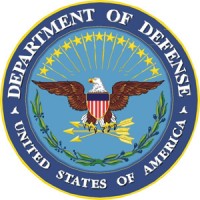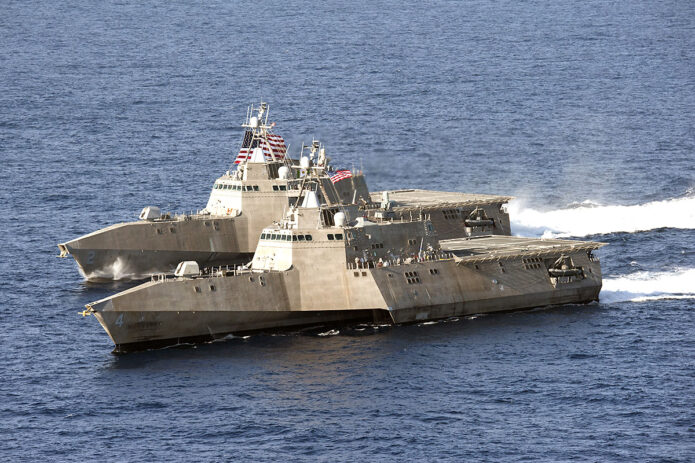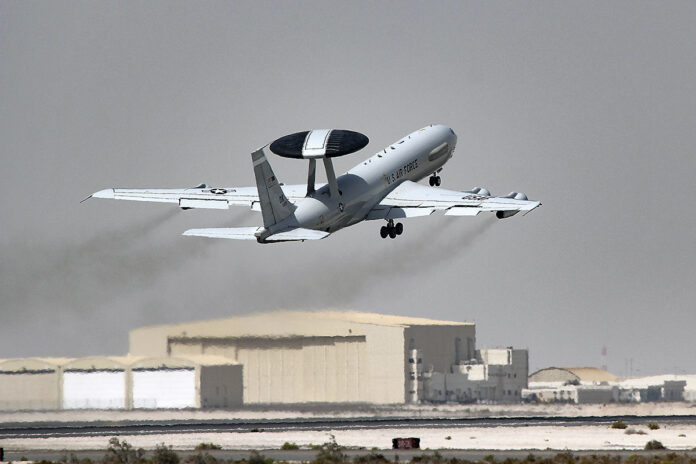 Washington, D.C. – At $773 billion, the fiscal 2023 Defense Budget Request is huge, but that doesn’t mean that painful choices are not necessary, defense leaders told the Senate Armed Services Committee today.
Washington, D.C. – At $773 billion, the fiscal 2023 Defense Budget Request is huge, but that doesn’t mean that painful choices are not necessary, defense leaders told the Senate Armed Services Committee today.
The Navy seeks to decommission some cruisers, littoral combat ships, and dock landing ships. The Navy also looks to retire the RQ-21 unmanned reconnaissance aircraft.
The Air Force looks to divest some A-10s, the E-3 Sentry aircraft, the E-8 JSTARS aircraft, some KC-135 refuelers, and some C-130H aircraft.
The savings from canceling, retiring or divesting these capabilities would allow the department to redirect resources to higher defense necessities, the secretary said. In fact, if this budget is approved, DOD would receive $2.7 billion that it could reinvest in other, more pressing, systems.

Confronting powers like China and Russia means that the U.S. military must maximize “capability and capacity resident in every warfighting domain, air, land, space, sea and cyber, and that we’re able to network those capabilities in new and different ways,” Austin said.
DOD is investing in technologies and capabilities that will be needed in the future. The innovation and modernization accounts in DOD will receive $130.1 billion if Congress approves the Defense Budget Request.
Milley said the cost benefit analysis to sustain these capabilities over time, “doesn’t add up.” He noted that many of the systems are old, and “we are trying to modernize the force for the future operating environment 2030 and beyond. And that’s what the investments are in this budget.”
Austin and Milley were also asked what effects the Russian invasion of Ukraine is having on the strategic picture in Europe. “This unlawful and unprovoked aggression by [Russian President Vladimir] Putin has had the effect of changing the security architecture in the region for some time to come,” Austin said.
NATO defense officials are studying the outlook and positing the changes now, he said. The alliance is “taking a look at what has changed and what NATO will need to do, to make sure that we can continue to do what’s necessary to … defend our NATO countries,” the secretary said. “That work is just commenced, it’s ongoing. I expect that we’ll have a robust discussion as we go to the summit in June.”
Working out troop posture in the region requires some study. “As we look at that posture, we’re going to look at capability in all five warfighting domains, and we’re going to look at capability across NATO,” Austin said. “We do expect that it will change our footprint. In terms of how much it changes, that remains to be seen.”
The secretary said this could include permanent bases and troops permanently based there, more rotational troops in rotational bases, or a combination of both.
Milley said the Joint Staff is looking at the future U.S. force posture in Europe “to achieve the two fundamental purposes, which is to assure our allies, and deter any adversary specifically Russia. Right now, those are under development.”



